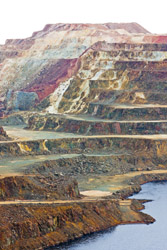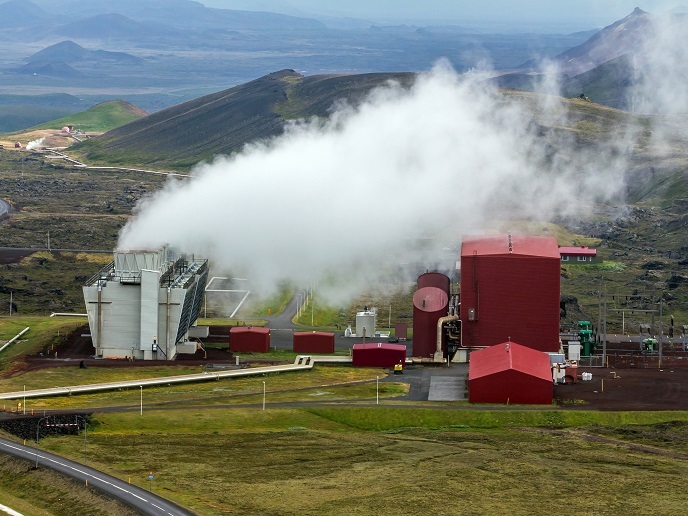Investigating the content of mine waters
Acid mine drainage (AMD) containing high concentrations of dissolved metals represents the main environmental impact resulting from mining activities. Uncontrolled discharge of AMD can present a major threat to soil, water bodies, people and the biosphere for hundreds or even thousands of years. Understanding the extent of AMD generation and developing appropriate remediation strategies presents a significant technical challenge. Therefore, the 'Copper isotopes as indicators of redox processes during acid mine drainage generation and mitigation' (CORAGEM) project was established to study geochemical processes in mines. Project partners used new analytical techniques such the analysis of heavy stable isotopes in combination with synchrotron-based X-Ray absorption spectroscopy. They also focused on non-traditional metal stable isotopes such as copper, zinc (Zn) and nickel. Besides serving as essential micronutrients for many organisms, these elements are important to economic growth. At the same time, they are also common contaminants at mine sites. Thus, their potentially harmful and toxic effects on microbial organisms and vegetation are of particular importance. Studies of such isotopes have been carried out in environmental systems such as mineral deposits and water bodies. However, very few investigations have addressed the critical issue of generation, mitigation and remediation of AMD. CORAGEM conducted detailed geochemical, microbiological and mineralogical analyses of metal-rich solid and liquid mine waste. The results were applied to reactive transport models to gain a better understanding of the main reaction pathways. Results showed the benefit of applying Zn isotopes to track principal Zn sources and weathering processes in complex multi-phase matrices. It was also discovered that Zn isotope ratios of the waste-rock leachate can be used as a 'fingerprint' to track Zn from mining activities. The project's findings have led to a better understanding of metal mobilisation and attenuation processes. They will make a major contribution in the future to the tracing of environmental pollution deriving from the metal mining industry.
Keywords
Acid mine drainage, copper isotopes, redox processes, geochemical processes, zinc







